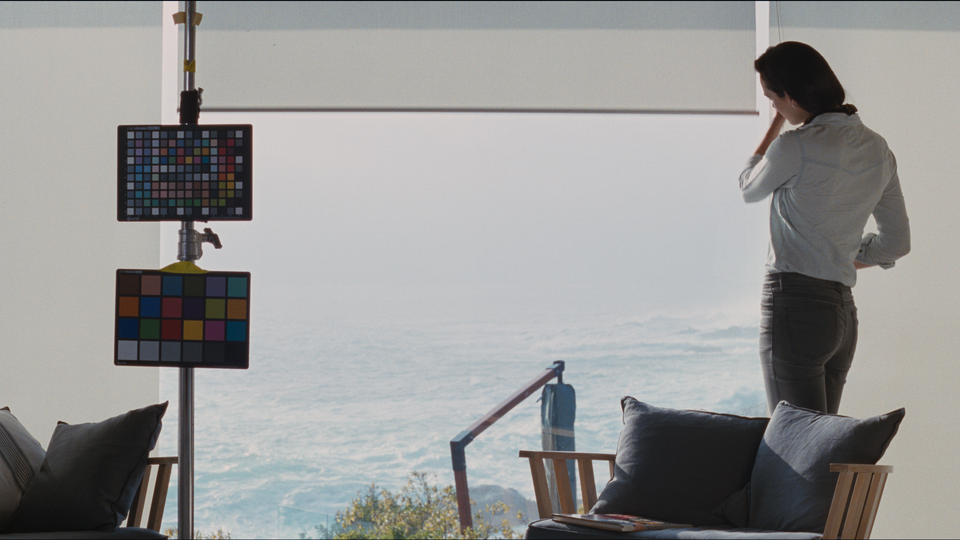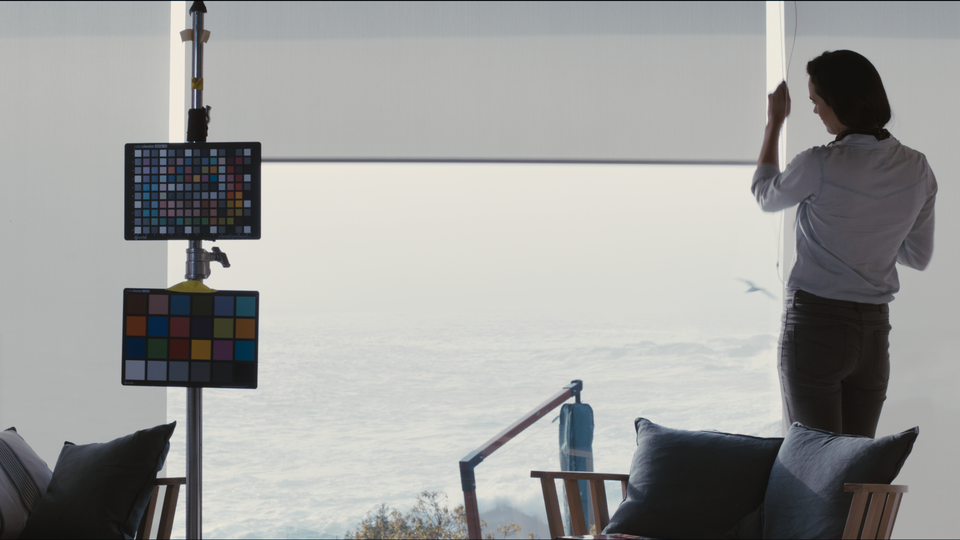This is such an interesting topic but also one very very difficult to fully understand.
In fact it's so hard on the brain cells that many many cinema production professionals still don't understand that when they get their 12/14/16bit RAW files from their 60 thousand dollar cameras they get just get an image that has not been debayered but it has been already heavily modified by the firmware magic on the camera - the secret sauce behind every camera manufacturer (just like pokoy wrote earlier). They actually believe what they get is the direct signal from sensor which is something so far from truth.
Canon and Nikon DSLRs perform amazing in studio lighting (light that is usually very "white" when talking in kelvin temps) and really rival analog film in these situations. But when you switch to outdoors or different types of lights the image usually falls apart and does not look good anymore (while analog did) - it needs to be brought back in photoshop or any other image processing software. Canon even with their understanding of color have failed at creating a proper cinema camera (C100,C300,C500) - they have created a sort of bland depressing look which actually works for documentaries but not for cinema. Their C700 camera has colors and "tone-mapping" that is almost identical to their DSLR range which in my opinion won't work for cinema - this only shows that they are trying to backtrack to something that worked for them in the past.. they are out of ideas. A multibillion image hardware corporation has really ran out of ideas which is something really amazing.
Arri Alexa - the first ever camera that provides a very durable "cinematic" look right out of the camera. Great dynamic range and beautiful color - very nice desaturation of highlights. Their color processing and dynamic range is still unrivaled and the camera hardware is over 6 year old already.
Maxwell render - Maxwell render during beta and the first version had a very special tone-mapping and color response.. it made images really look good without any post work.
So really.. it'd be amazing if someone ever would get his hands on the direct firmware code of the cameras to see what color math acrobatics they do. LUTs are simple linear transforms which do not catch all of the intricacies of what goes on in the firmware.
Getting to know what the cameras really do (from sensor signal to raw file) It would really really help the renderer developers too - if you could quickly match your renderings to live action footage that would be insanely helpful for VFX.
analog film - Kodak Vision 5207

digital camera - Arri Alexa





